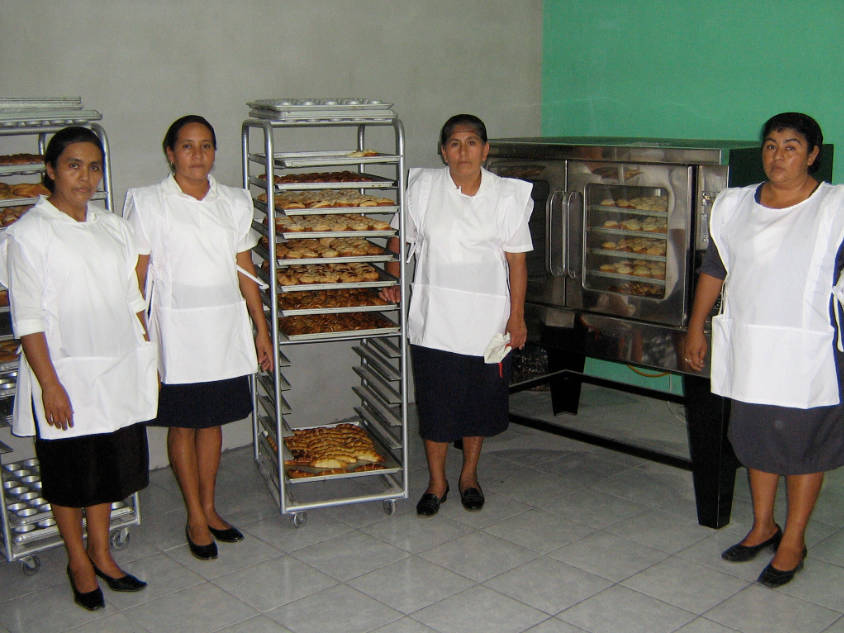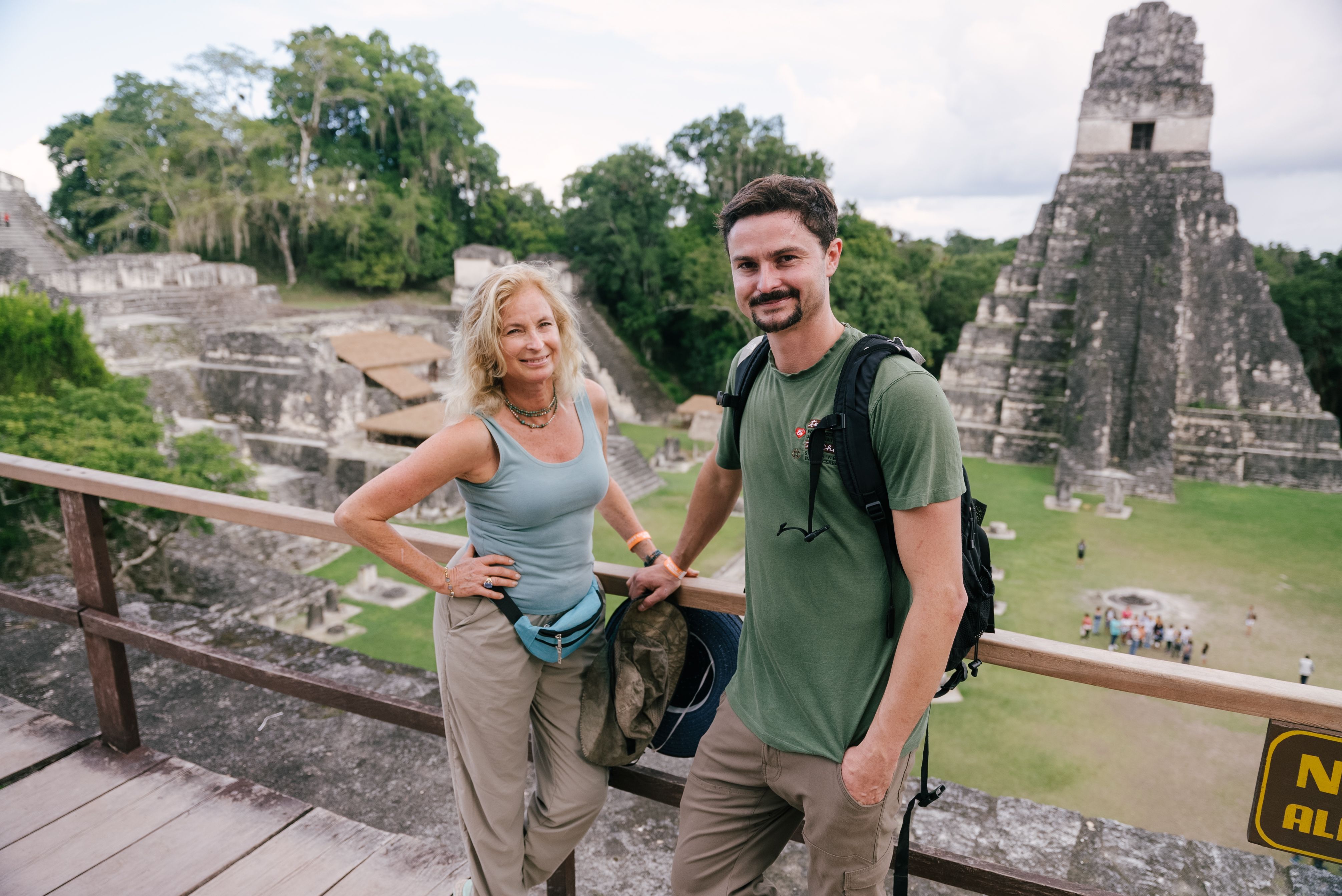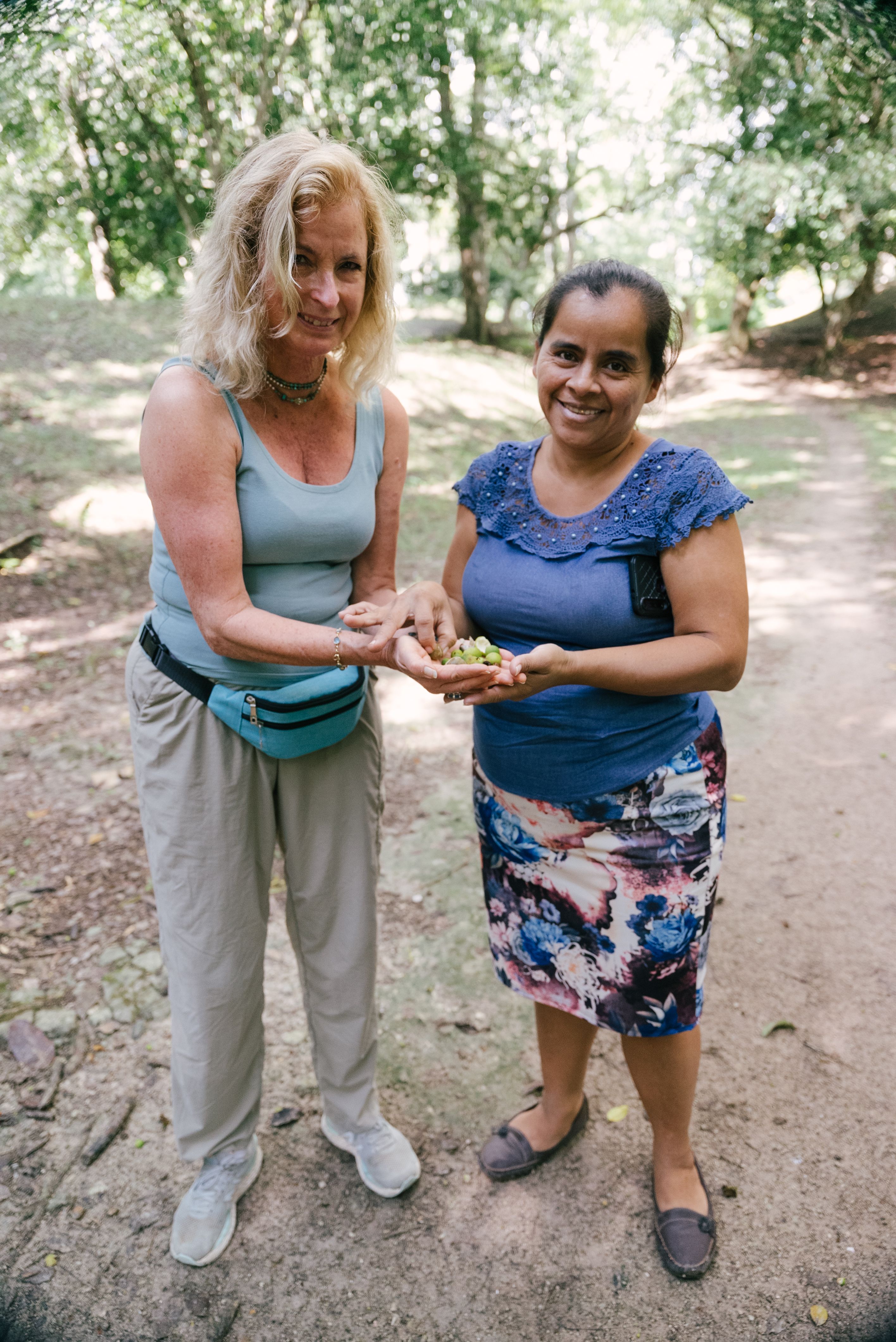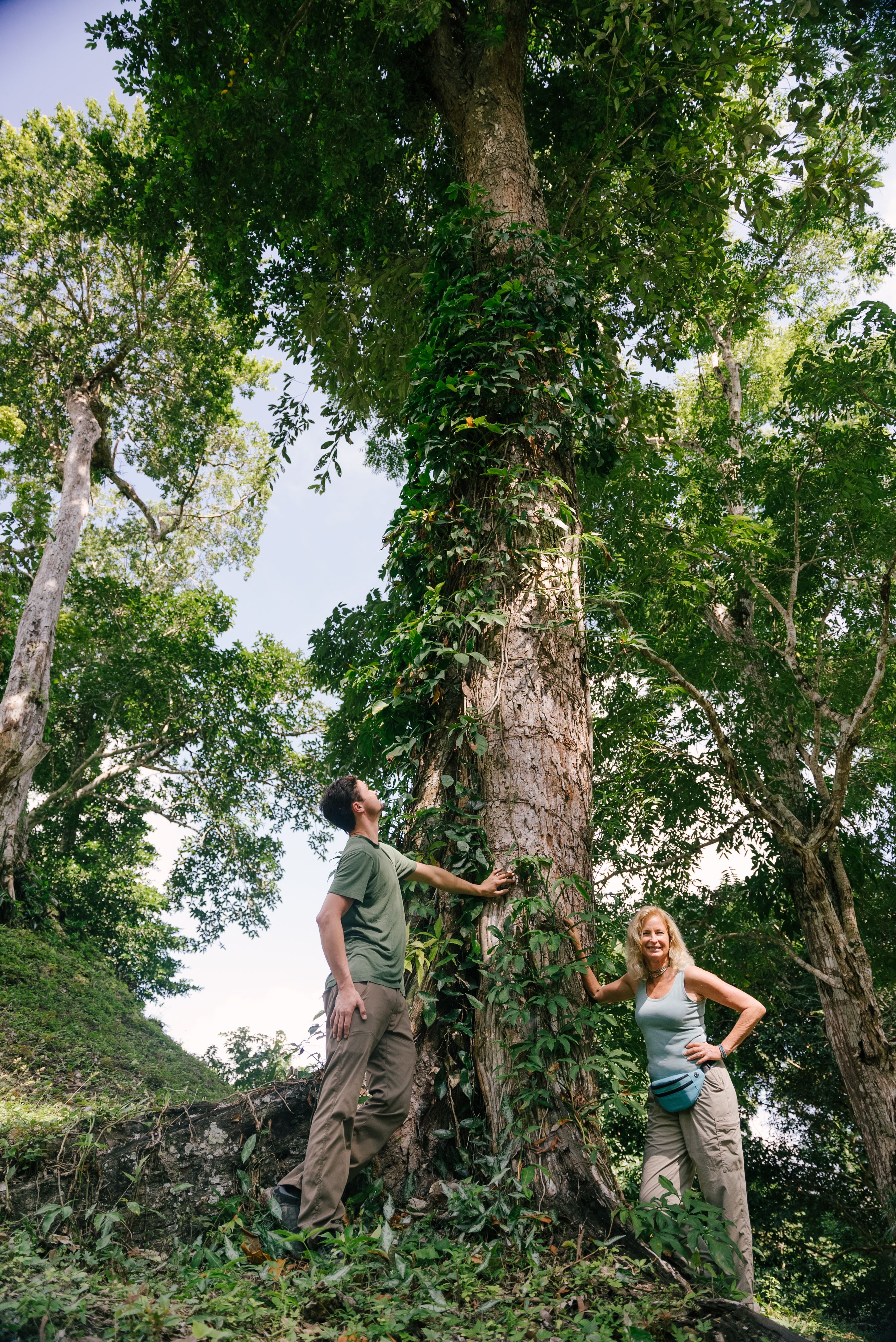Are you familiar with the “Rewilding” movement? Although I’m an avid conservationist who loves to spend time in nature, “rewilding” is a relatively new term for me, though it is built on a familiar concept. Humans have destroyed critical wild habitat all over the planet. However, we are brilliant at restoring devastated ecosystems if we do one simple thing: partner with nature!
Rewilding is taking place all over the world on the local as well as national level. Although under some conditions, rewilding can occur simply by letting nature take over abandoned or burnt-out areas, other ecosystems are too devastated to be restored on their own.
Many rewilding campaigns take human planning to reintroduce native species and predators like the wolf in Yellowstone National Park, because they are recognized to be “keystone species” without which the rest of the ecosystem will collapse. Even national governments now recognize that a diverse and healthy ecosystem that reverses the loss of ecological biodiversity is essential to happy, healthy human life.
At Teeccino, we just returned from a trip to the Maya Biosphere Reserve where the ramón seed, one of our key ingredients, is collected in the wild. Roasted ramón brings depth of flavor to Teeccino’s dark roasted blends like French Roast, Dandelion Dark Roast, and Reishi Eleuthero. We are thrilled to be part of a rewilding campaign there!
From first steps to impactful results

I began developing the collection of ramón seeds back in the late 1990s and first introduced the Maya blends featuring ramón seeds in 2005. It took all those years to get many essential permissions in place. The Guatemalan government had to approve its collection because the Maya Biosphere Reserve is a protected area.
We had to submit a study called the GRAS (Generally Recognized as Safe) to the FDA so it could be included as a food ingredient in the US. Last but not least, I wanted the ramón seeds to be certified organic which meant several years of coaching the first village on the correct harvesting and drying methods to pass organic certification.
 The people living in the villages in the Maya Biosphere Reserve weren’t Indigenous Maya, so they didn’t know that ramón seeds were an edible food. The Maya called the tree the “corn tree” because they blended the flour made from ground up raw seeds with corn flour to make a more nutritious flour. They also drank a brew made from roasted ramón seeds which they especially gave to pregnant women for added nutrition.
The people living in the villages in the Maya Biosphere Reserve weren’t Indigenous Maya, so they didn’t know that ramón seeds were an edible food. The Maya called the tree the “corn tree” because they blended the flour made from ground up raw seeds with corn flour to make a more nutritious flour. They also drank a brew made from roasted ramón seeds which they especially gave to pregnant women for added nutrition.
The raw seed is very hard because it contains zero fat. The villagers, who came to the forest from other regions, considered it animal food, not fit to be eaten by humans. While hunger and malnutrition challenged every family, a nutritious food, free for the picking, went unused until I created a demand for it.
We started by funding workshops in the villages to teach women how to prepare the seed for their families to eat. In partnership with a Guatemalan manufacturer whose commitment to the project was crucial, we discovered the best methods for drying, roasting and grinding the seeds with a lot of experimentation. The goal always was to keep as much of the economic return as possible in Guatemala to benefit the people.
Protecting the forest with non-timber forest crops
The Guatemalan government grants “concessions” to each village for twenty-five years. During that time, the village is responsible for protecting the forest from illegal logging and also the danger of fire. At the end of their contract, progress is assessed in each village. If they fail to keep the goals set for them at the onset, they could lose their concession and be forced to move out of the Reserve.
This cooperation between the Guatemalan government and the concessions is essential to protecting the forest as the government is financially unable to monitor such a huge area on its own. Non-timber forest crops are essential for providing the income the villages need to survive.

Fast forward 20+ years!
In January 2022, I returned to the Maya Biosphere Reserve with my son, Galen, who is Teeccino’s VP of sales, and Jorge, our marketing team’s videographer. We visited several communities, including the original village where I began the collection all those years ago. Hearing the women talk about the impact that the income from ramón seeds has made in their lives was so emotional for me. Having my son witness it made it even more so!
Ramón seed is now recognized as an essential non-timber forest crop that provides income for the people living in the villages without causing harm to the forest. Six villages are part of the collective that oversees the harvest. With funding from international non-governmental organizations (NGOs), they have been able to build a shared facility to dry the seeds. We are so grateful to all the help that has been given by these NGOs including Rainforest Alliance, our main partner that works to protect the largest intact forest in Central America.

Empowering women with income to invest in their families
Ramón trees only fruit once or sometimes twice a year. When they do though, there are tons of seeds produced. A family of collectors can gather around 300 lbs in a day and the harvest may go on for a week or two.
The income coming in such a concentrated period gives the families a large sum in which they can invest in extraordinary expenses.
Families invest in things like medicines, school supplies, transportation and improvements to their homes. We were shown a community building the ramón seed harvest has financed including the first flush toilets in the village.
Women proudly told us of how they now participate in the management of the concession due to the enhanced status the ramón seed income has given them in their communities.

A grant to plant trees
Most exciting for everyone was Teeccino’s 2022 grant of $10,000 that is dedicated to planting ramón trees in the buffer zone around the Reserve. The goal of this rewilding campaign is to reforest areas that have been clear cut for pastureland.
At one time, drug lords bought up and cleared forest land to launder money via cattle ranching. Thankfully now, they are no longer investing in cattle so the land is ready to be rewilded. The ramón tree is a keystone species to Central American rainforests because it is a wind-pollinated upper canopy tree that provides shade for the plants that grow beneath it. Planting these trees will allow nature to restore the forest over many years.
Young ramón trees are already being planted in village nurseries. When they reach 6 months of age, they will be planted out and tended carefully for the next 3-5 years to be sure that they survive. In the old growth forest in the Reserve, ramón trees grow to 20 ft in diameter or more. In second growth forests of 50 years post a massive wildfire in the 70’s, they are only around 8-10 ft in diameter.
Global Rewilding Day – March 20th 2022
Patience and longevity are essential to this project. We at Teeccino plan to continue financing and expanding this rewilding campaign every year with the help of you all, our loyal customers who drink Teeccino. Stay tuned for the launch of a video with beautiful footage of ramón trees and Maya ruins in the Maya Biosphere Reserve. Over the next few weeks, we’ll be telling you more about Teeccino’s participation in the upcoming Global Rewilding Day on March 20th.
For more information, visit the global conservation website: https://rewildingglobal.org



4 comments
What an excellent partnership. See people of the world need each other! We learn from each other and can grow together if we only give it a chance.
My husband brought home some Teechino to try as I have adrenal issues and no longer tolerate coffee. What an amazing product! I am floored by all the flavor and herbal combos you have. As an aspiring Herbalist my mind is blown.
why do you put inullin in your stuff it taste like diet sugar and that to me taste so nasty i don’t use sugar anyway and diet sugars are bad the have cancer stuff in it
I love this story and I’m glad you wrote-it up and shared it.
I think perhaps you meant circumference (how big around the trunk) rather than diameter (how thick across the trunk). A 20 foot circumference would be roughly 6.4 foot in diameter.
https://www.rainforest-alliance.org/species/ramon-tree/